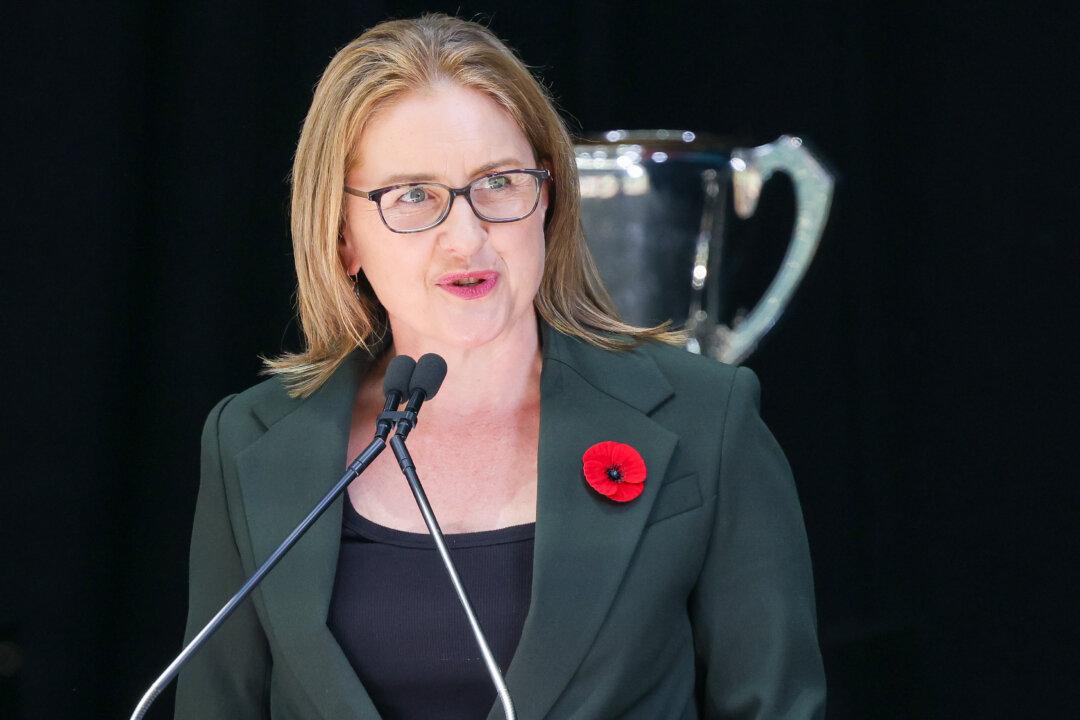A new interactive price indicator panel to boost price transparency in the winegrape industry will deliver more benefits to both producers and consumers.
Minister for Agriculture Murray Watt officially launched the new interactive Grape Price Indicators dashboard on Oct. 12 during a speech at the Rural Press Club of Victoria.




